International Heritage Centre blog
Chinese Christian Posters: A collaboration with the Center for Global Christianity and Mission, Boston
Chinese Christian Posters: A collaboration with the Center for Global Christianity and Mission, Boston
Last November, the Center for Global Christianity and Mission at Boston University launched a new online resource which brings together in digital form, from archives around the world, rare surviving copies of evangelistic posters used by Christian groups in China between 1927 and 1951. Here at The Salvation Army International Heritage Centre, we hold several collections of papers from Salvation Army officers who worked in China during that period and from these collections, we were able to contribute six posters to the site.
Salvation Army work in China officially began in July 1916. The previous year International Headquarters had sent a pair of ‘prospectors’, Colonel Charles Rothwell and Brigadier William Salter, to survey the opportunities and make preliminary arrangements for the opening of work. We know a great deal about this expedition thanks to a collection of letters sent back by Brigadier Salter, recently catalogued by our Archive Assistant, Chloe (Ref. no. WAS).
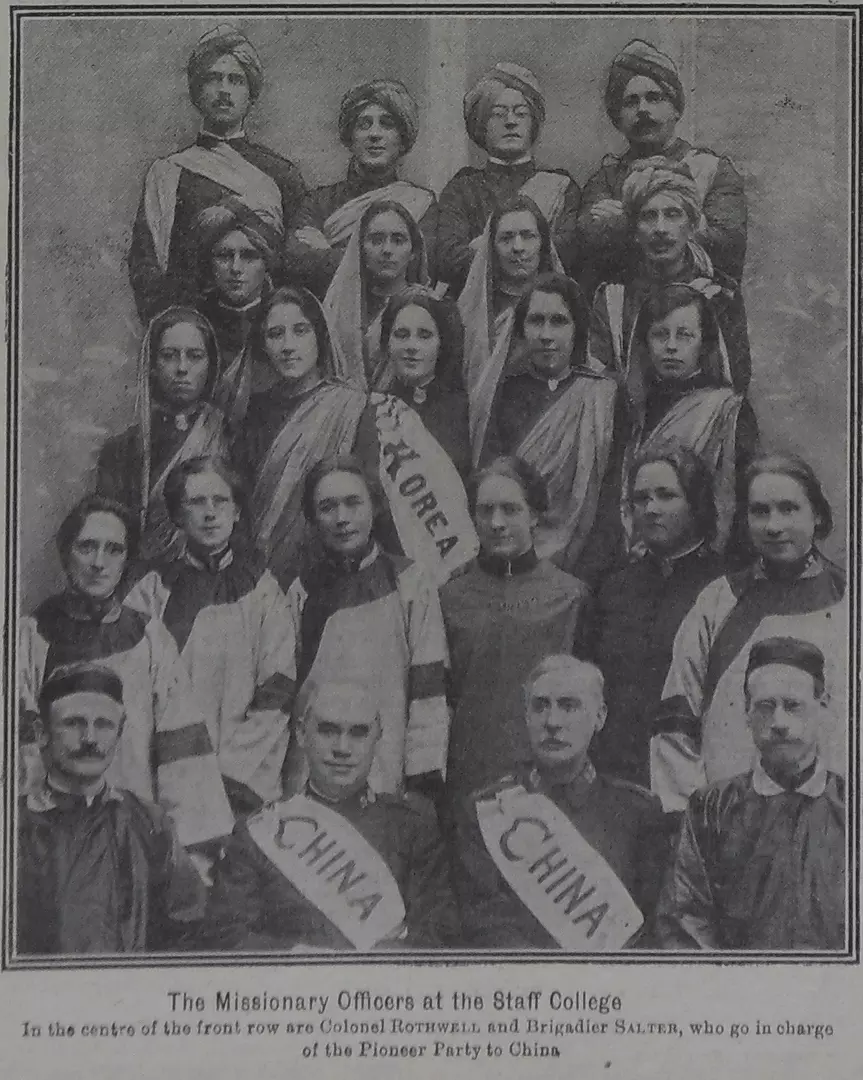
The pioneer officers followed close on the heels of Colonel Rothwell and Brigadier Salter. Staff-Captain and Mrs Chard and Adjutant and Mrs Briner arrived in Beijing in January 1916 but spent several months in intensive language study before they were ready to hold their first meetings. These took place in the dining room of their quarters but later moved to an old stable which was fitted up for services. Within three months the Briners moved on to Yantai, then known as Chefoo, to commence work there.
The Salvation Army’s sphere of activity in China expanded quite rapidly. By March 1917, a language school for incoming missionary officers had been established. In October 1917, social work began with flood relief efforts in Hebei Province (then known as Chihli). 1918 saw remarkable growth: in March, the training of Chinese Salvationists to become officers began; in April, a Chinese language edition of The War Cry called Chiu Shih Pao went into publication; and in the course of the year 17 new corps were added to the original two in Beijing and Yantai.
The posters we have contributed to the Chinese Christian Posters website come from the collections of two Salvation Army officers: Brigadier James Gilman (Ref. no. JGN) and Lt-Colonel John Wells (Ref. no. JOW).
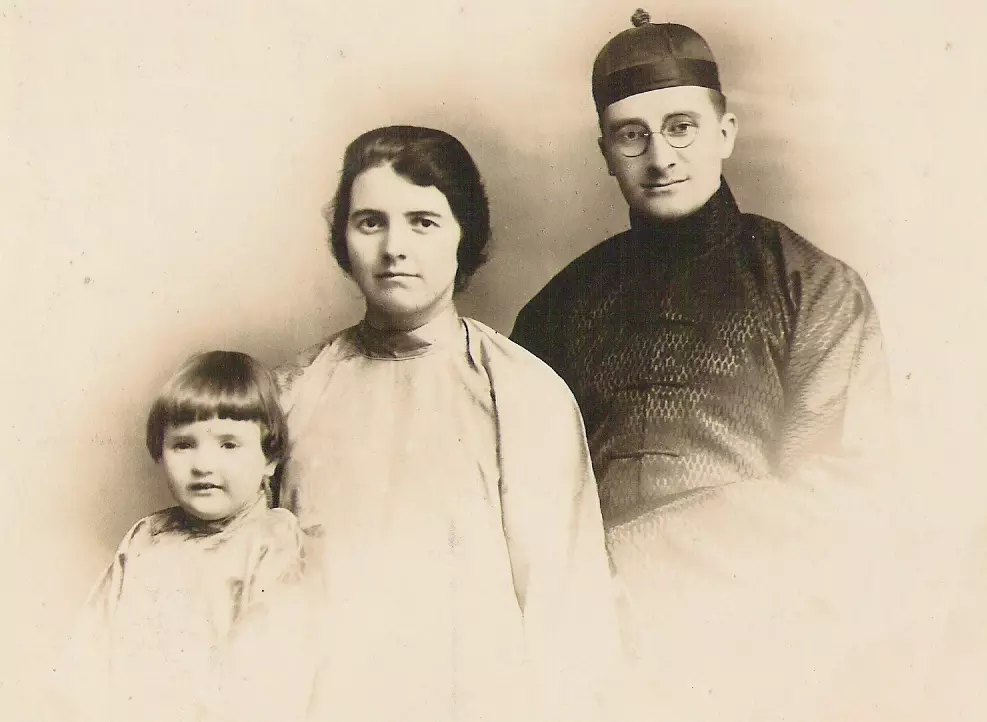
James Gilman arrived in China from the UK in November 1921 and spent 16 years working as an officer there. He served at Jen Ch’in Hsien, Sheng Fang, Pao Ting Fo, Tientsin Central, Tientsin Chow Chang and Peking North West corps, as well as in several headquarters and regional appointments. In 1925, he married another missionary officer, Lieutenant Doris Avery, who worked alongside him in many of these appointments.
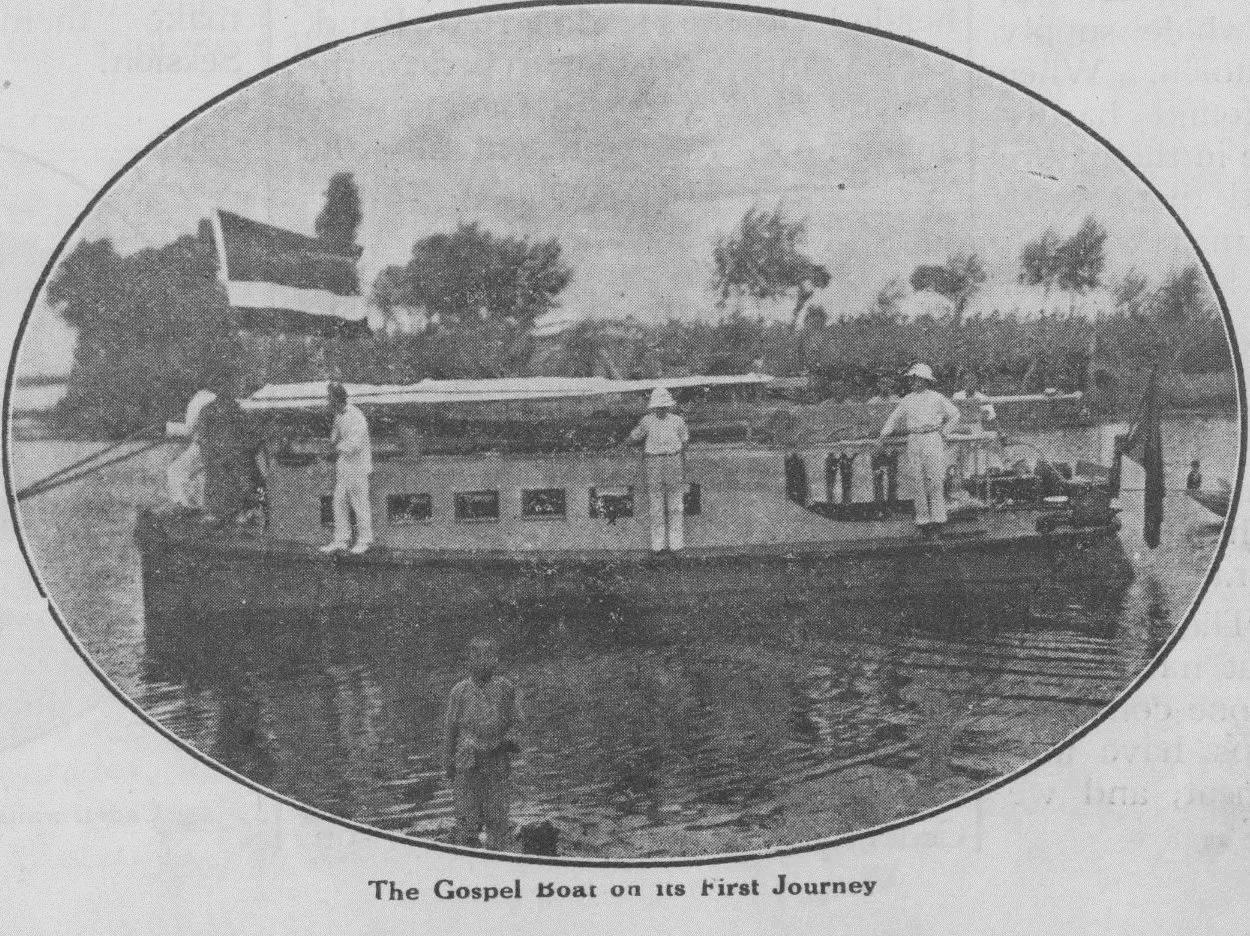
John Wells sailed for China in 1925 and stayed for 22 years. His service included corps work at Peking North West, Kao Yang, Peiping Central, Shanghai and Tsinanfu, as well as social work at a refugee camp and naval and military work in Shanghai. His most unusual appointment, however, was as the skipper of a Salvation Army boat commissioned to ‘carry the gospel along Chinese waterways’. After his marriage to Ensign Ethel Hoddinott in 1931, he and his family pioneered Salvation Army work in the west of China in the city of Chengdu.
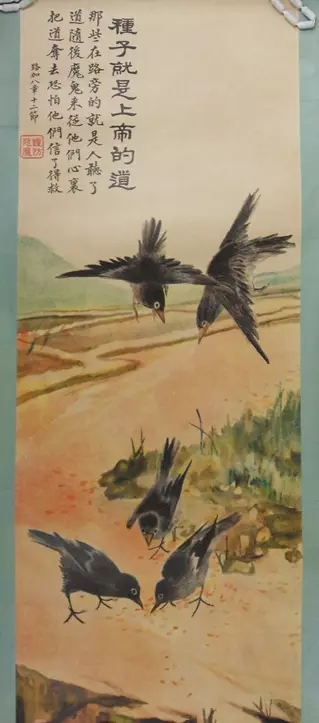
We contributed digital images of two posters used by Brigadier Gilman and four used by Lt-Colonel Wells to the Chinese Christian Posters site. Brigadier Gilman’s posters ‘Surely not I? (The Last Supper)’ and ‘The Lord Jesus’ Empty Tomb after his Resurrection’ are among only four that have survived from the large collection that he used. Lt-Colonel Wells’s scrolls depict passages from the Parable of the Sower (Luke 8:12-15). The posters and scrolls would apparently be held aloft during open air meetings while chosen speakers gave personal testimonies related to the themes represented in them. The gallery below shows some images of posters being used in this way.
The Salvation Army’s work in China was severely disrupted by the wars of the 1940s: the Second Sino-Japanese War and the Chinese Civil War. In the early 1940s, many non-Chinese nationals serving for The Salvation Army in China either withdrew or were interned by the occupying Japanese forces. Following the conclusion of the Second World War the British leader of Salvation Army work in China, Colonel Arthur Ludbrook, was reinstated, but political difficulties continued to arise for which no resolution could be found. Ultimately, in December 1951, it was necessary for The Salvation Army in China to become independent from the international organisation. Contact with International Headquarters was severed entirely in April 1952, marking the end of The Salvation Army’s ‘official’ presence in China.
We are delighted to have been able to contribute to this wonderful resource from the Center for Global Christianity and Mission. The Chinese Christian Posters website recovers the forgotten and overlooked Christian materials that vied for attention with other religious, Nationalist, and Communist messages in the public sphere and provides a fascinating window into the complex political, social, economic, and religious landscape of China in the second quarter of the twentieth century.
To find out more about other aspects of The Salvation Army’s work in China, see our June 2014 blog post World Refugee Day and our September 2016 blog post 'Receive, reform, regenerate, restore': Beggars' Town, Shanghai.
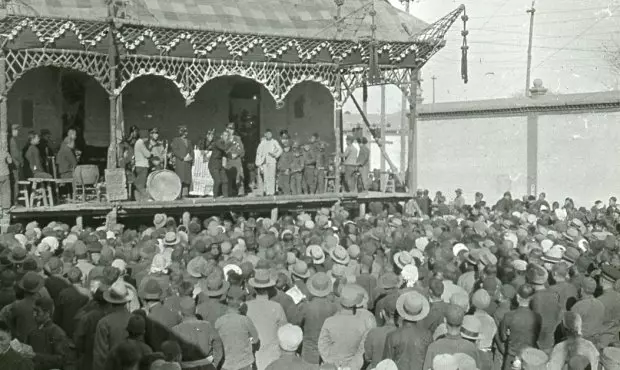
Ruth
February 2019
Read other blogs from the Heritage Centre

A House Through Time: The Salvation Army at 5 Ravensworth Terrace
The Salvation Army International Heritage Centre was pleased to be involved in the research behind David Olusoga's BBC2 series, A House Through Time...
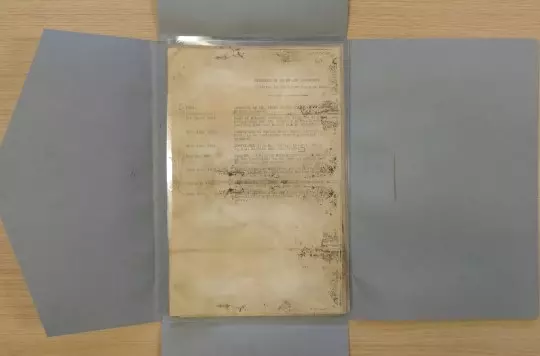
The Leeds Guardian Home Correspondence
The transformative treatment that this collection of papers received by The Sussex Conservation Consortium has allowed us to examine their contents...
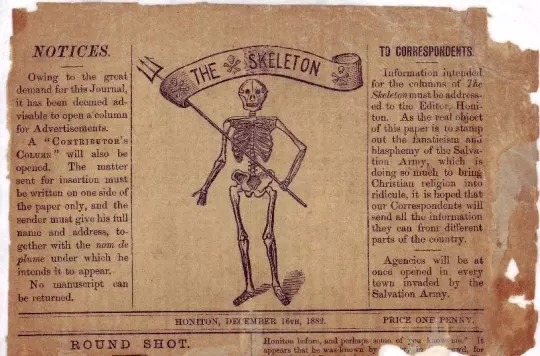
Blood, Fire, Skulls & Crossbones: A Battle Between Two Armies
In the 1800s Salvationists took to the streets with blood and fire in their hearts, but the reactions that they received were a little fierier than expected...
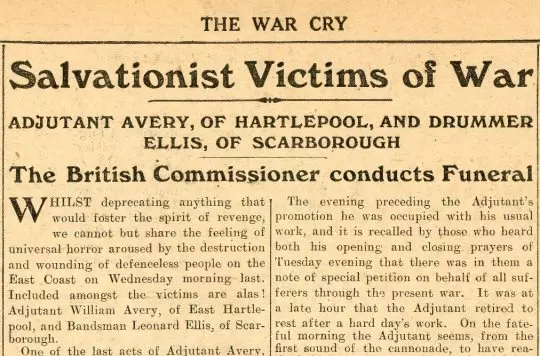
Adjutant William Avery and the 1914 Bombardment of Hartlepool
Less than five months after the outbreak of the First World War, on 16 December 1914, Scarborough, Hartlepool and Whitby, were attacked from the sea....